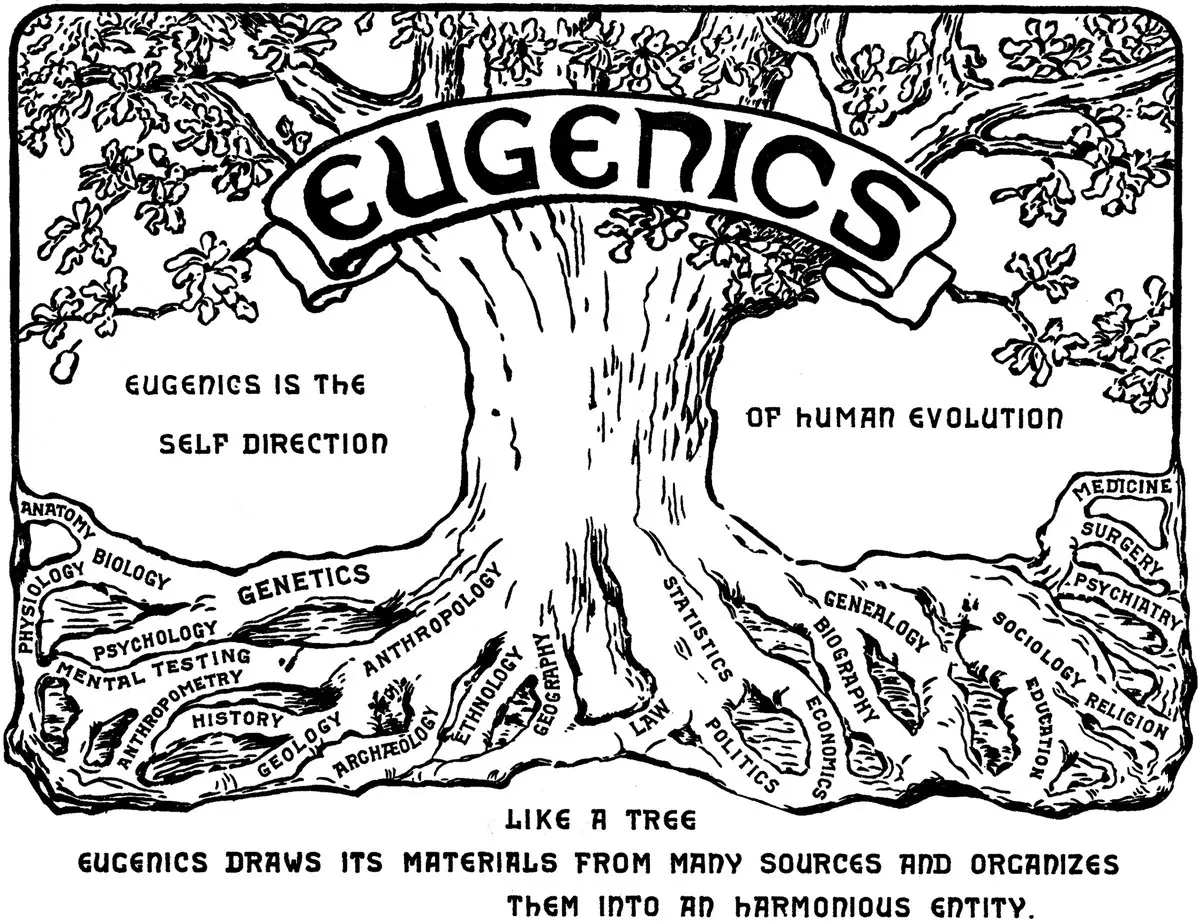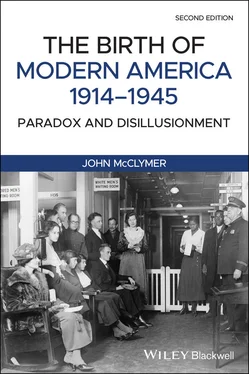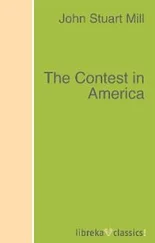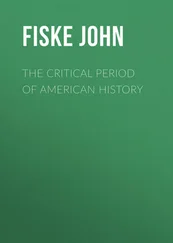
Who was “most richly endowed by nature”? The Record Office, supported by Carnegie and Harriman funding, sought to find out. Or, more precisely, it sought evidence for what its staff and their supporters thought that they already knew to be the truth. Consider the winning family at the 1925 Eastern States (Massachusetts) Exposition “Fitter Family” contest. Poor eyesight “ran” in the family. So did nervousness. Neither prevented the family from being adjudged “fit.” Why not? Those concerned with designing the questionnaires had already determined the meanings of “fitness,” which mirrored almost perfectly middle‐class respectability. The winning family, for example, was headed by a clergyman who also lectured on literary subjects. Several of the children had college educations; all had at least high school educations. All of the males held “good” jobs, as did several of the females. The mother was a housewife, according to the form. The family’s interests and hobbies ran to math, literature, and music, in addition to golf. None had ever committed a crime, become indigent, had a child out of wedlock (at least so far as revealed by their answers to the form). Social factors were at least as important to the eugenic notion of fitness as physical characteristics.
Who were the “hereditary defectives and degenerates”? Again, the state fair exhibits make the answer perfectly clear. Criminals (“very few normal people ever go to jail”), the mentally ill, the developmentally disadvantaged, and the chronically indigent were all “born to be a burden.” These “defectives” and “degenerates” supposedly appeared disproportionately frequently among certain racial and ethnic groups. Lita Hollingworth, associate professor at Columbia Teachers College, noted in her highly influential Gifted Children: Their Nature and Nurture (1926), “one result recurs persistently wherever American children are tested by nationality of ancestors. American children of Italian parentage show a low average of intelligence. The selection of Italians received into this country has yielded very few gifted children.”
WWI intelligence tests showed incontrovertibly, according to Harry Laughlin and other eugenicists, including Lewis Terman of Stanford, who helped create the original I.Q. tests, that Italians and other immigrants possessed low intelligence on average. Indeed, 70% of the foreign‐born draft sample scored 90 or lower on these I.Q. tests, compared to 46% among the native‐born white draft sample. African American scores were even lower: 49% scored below 70. A score of 100 indicated “normal” intelligence.
Who were “those in control” who “must see to it that there shall be fit matings and many children among those most richly endowed by nature” and that “hereditary defectives and degenerates” not be “permitted to reproduce at all”? Eugenicists contemplated – and to large extent achieved – a state far more powerful and intrusive than that created by the Founders. Consider just a brief list of the movement’s successes in the 1920s:
State after state adopted variants of Virginia’s racial purity law, which outlawed interracial marriage and/or a model sterilization law drafted by Record Office assistant director Laughlin that provided for the involuntary sterilization of criminals, “defectives,” and “degenerates.”
The Immigration Act of 1924, which established U.S. immigration quotas until 1965, closely followed the recommendations of Laughlin’s testimony.
Public school systems across the country began “tracking” students based upon I.Q. tests developed in accord with eugenics principles.
By the 1920s, eugenics was well established as a branch of biology. Most high school and college textbooks, for example, devoted a chapter to it – including the one used by John T. Scopes to teach evolution in Tennessee. Typical treatments began with the observation that experience had shown how plants and animals could be improved by proper breeding techniques. Surely it was reasonable to assume the same would hold for humans.
In addition to the reasons advanced by advocates of eugenics, there were others that drew upon historic prejudices and hatreds, prejudices and hatreds that became ever more vitriolic during the 1920s and 1930s. Anti‐Catholicism and anti‐Semitism lurked just below the surface in the quota system. Look at the quotas for such predominantly Catholic countries as Poland, Italy, Spain, Portugal, Hungary, Lithuania, Latvia, Austria, and Spain. The only predominantly Catholic country with a comparatively large quota was the Irish Free State. Look at the quotas for countries with large Jewish populations – Russia, Poland, Lithuania, and Austria. Look at the countries with large populations of Orthodox Christians, such as Russia, Greece, and Syria. The bias against non‐Protestants was pronounced.
Racial animosities predated the campaigns of eugenicists. Note that the exclusion of Chinese and Japanese continued. There were also no quotas for Korea or India. Fears of the “Yellow Peril” had not diminished in the two generations after the Chinese Exclusion Act.
Eugenicists were just one voice in the quarrel over who was or could become an American, albeit a disproportionally powerful voice. There was also the Ku Klux Klan, whose rebirth tells a good deal about postwar America.
1 1 John Maynard Keynes, The Economic Consequences of Peace (Harcourt, Brace, and Howe, 1920), 41.
2 2https://www.siue.edu/artsandsciences/political‐science/about/iur/projects/illinoistown/wells‐ida‐b‐History‐part‐1.shtml.
Конец ознакомительного фрагмента.
Текст предоставлен ООО «ЛитРес».
Прочитайте эту книгу целиком, купив полную легальную версию на ЛитРес.
Безопасно оплатить книгу можно банковской картой Visa, MasterCard, Maestro, со счета мобильного телефона, с платежного терминала, в салоне МТС или Связной, через PayPal, WebMoney, Яндекс.Деньги, QIWI Кошелек, бонусными картами или другим удобным Вам способом.













